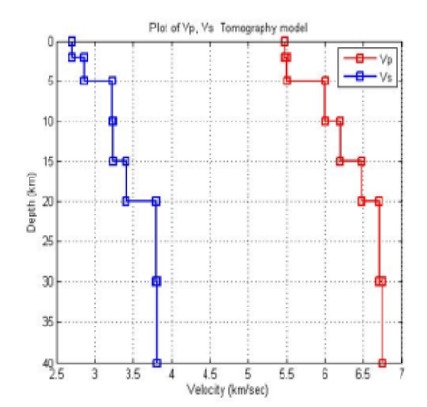


Indian Journal of Science and Technology
DOI: 10.17485/IJST/v16sp1.msc26
Year: 2023, Volume: 16, Issue: Special Issue 1, Pages: 192-199
Original Article
Zosangliana Ralte1*, Lalhmingsangi1, Saitluanga2, V Vanthangliana2, H Lawmkima2, Laldinpuia3, Lalruatpuia4
1Department of Geology, Mizoram University, Aizawl, Mizoram, India
2Department of Geology, Pachhunga University College, Aizawl, Mizoram, India
3Centre for Disaster Management, Mizoram University, Aizawl, Mizoram, India
4Department of Geophysics, Pachhunga University College, Aizawl, Mizoram, India
*Corresponding Author
Email: [email protected]
Received Date:23 January 2023, Accepted Date:09 June 2023, Published Date:13 September 2023
Objective: The main objective of the study is to obtain precise and accurate sources and mechanisms of earthquakes which is a prerequisite for understanding physical processes with the associated fault generating an earthquake. Methods: The technique of waveform inversion and Seisan software are used for the study of source mechanism and hypocentral parameters. Spectral parameters for estimation of earthquake source parameters can be achieved through the software EQK_SRC_PARA. Findings: The obtained spectral parameters have been used to estimate source parameters such as seismic moment (Mo), Spectral corner frequencies (fc), Source radii (r), and stress drops (Δs ). From this study, the earthquake was a shallow focus earthquake at a depth of 40km and duration magnitude Md 4.3. Spectral analysis of the S-phase results in the average moment magnitude 4.2Mw which is different from the magnitude recorded by USGS which is 4.7Mb, stress drop Δs 0.75MPa, average source radius (r)1697.6m, and average corner frequency (fc) 0.75Hz. Waveform inversion results in moment magnitude Mw 2.7 from the combined stations whereas single seismic waveform inversion from the PUC station results in a moment magnitude of 3.6Mw. Novelty: Determination of earthquake source parameters and mechanisms with more seismic data is significant for improving the current understanding of the dynamic processes governing earthquakes.
Keywords: Spectral Analysis; Waveform Inversion; Source parameters; Synthetic Seismogram; Stress Drop
© 2023 Ralte et al. This is an open-access article distributed under the terms of the Creative Commons Attribution License, which permits unrestricted use, distribution, and reproduction in any medium, provided the original author and source are credited. Published By Indian Society for Education and Environment (iSee)
Subscribe now for latest articles and news.